Where Is the Purge Valve Located on a 2006 Jeep Liberty 3.7 Liter
While the average driver doesn't have a clue about what goes into their vehicle's emission systems, there's a lot of new components that have entirely overhauled how modern engines run.
One of those innovative technologies is the EVAP system, which has various components that make everything function. But one of the integral components in the EVAP system is the vapor canister purge valve.
When everything is working correctly, it's a great component that significantly reduces emissions. But when it's not, you can notice an array of problems. Below we'll break down everything you need to know about this newer technology that makes its way onto vehicles.
We will also take a look at the symptoms of a purge valve, location, function, and the replacement cost if you need to replace yours. First, we will take a look at the signs.
The most common symptom of a bad canister purge valve is a check engine light on your dashboard. In most cases, you do not notice any other symptoms, but in rare cases you may notice signs such as increased emissions or poor engine performance.
While the vapor canister purge valve solenoid is an emissions component, that doesn't mean you won't notice a few performance issues if you don't fix it right away.
Below is a more detailed list of the five most common symptoms of a faulty canister purge valve.
Bad Vapor Canister Purge Valve Symptoms
1. Check Engine Light
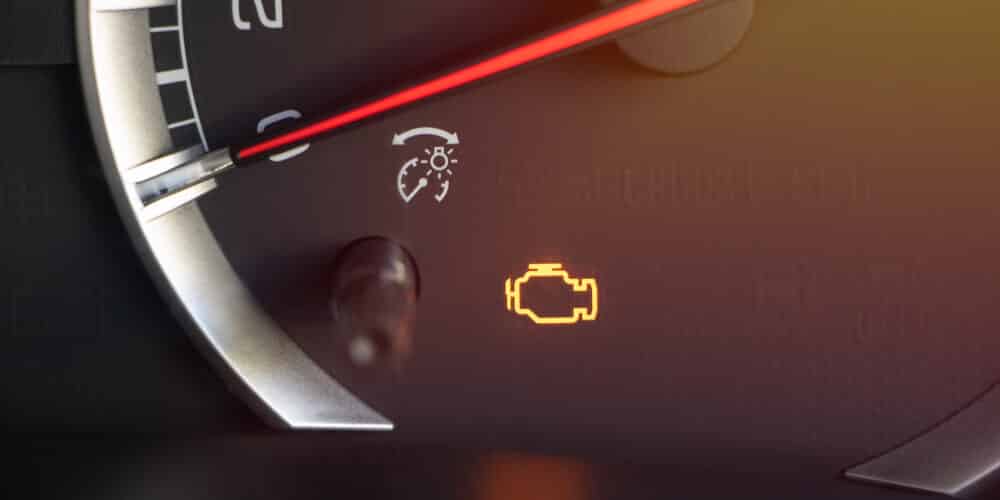
The most common thing you'll notice from a bad vapor canister purge valve is that you'll get a check engine light that you weren't expecting. While the symptoms can change depending on whether or not the valve is stuck open or closed, one thing that shouldn't change is that you should get a check engine light.
2. Increased Emissions
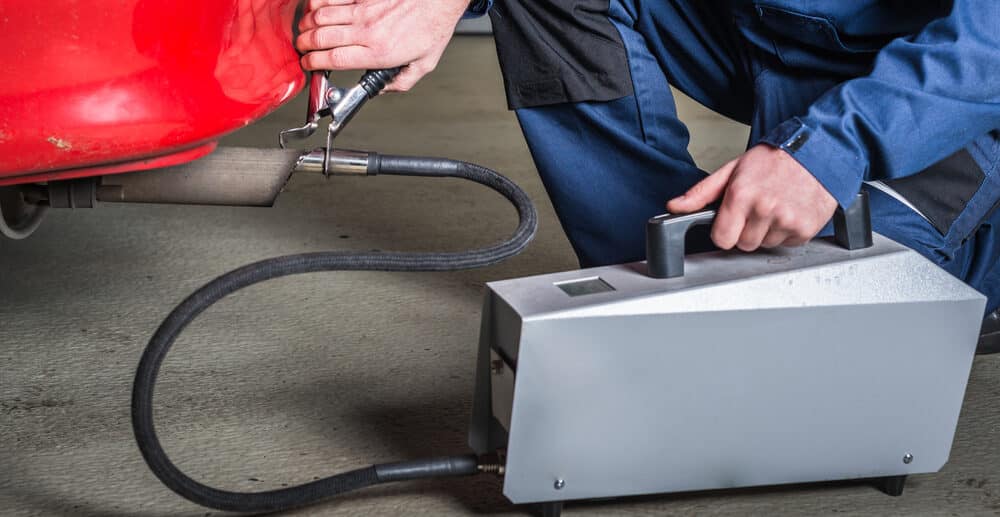
If the vapor canister purge valve is stuck closed instead of open, the valve won't push any fuel vapors back into the engine. Instead, they'll run straight out of the exhaust, which will cause much higher emission levels.
Of course, you probably won't notice this unless you take your vehicle in for an emission test.
3. Poor Engine Performance
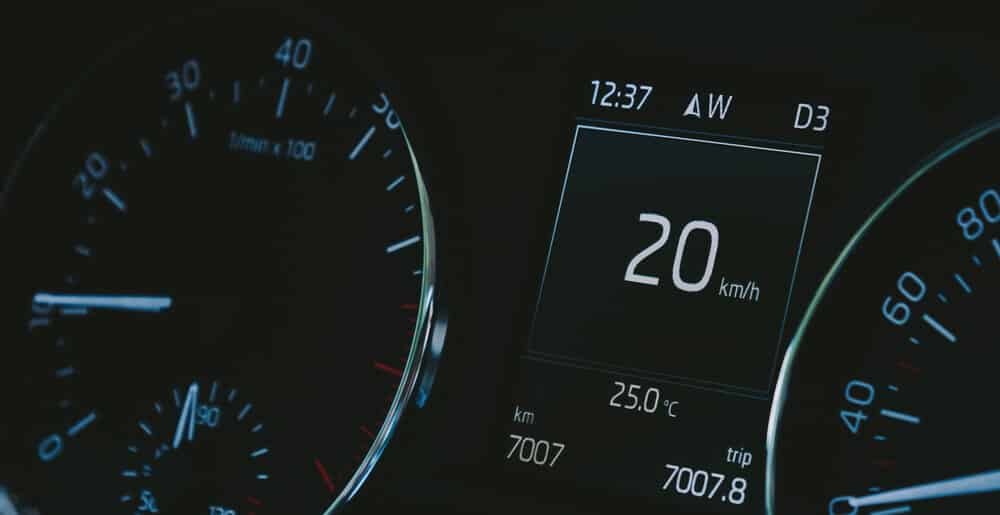
When the vapor canister purge valve is stuck open, you're getting more air in the system than your vehicle expects. That means every time you hit the throttle; your vehicle isn't dropping enough fuel in the engine for the amount of fuel there.
While these effects will be more noticeable at lower RPMs, they can affect performance across all engine speeds; it just isn't as noticeable.
Related: 8 Causes Why Your Car Won't Accelerate
4. Difficult to Start

The vapor canister purge valve does a lot of its work when you're starting up your vehicle to empty the fuel tank of gases, so it makes sense that this would be when you would notice most of the symptoms.
If the purge valve is stuck open, you're going to have an excess amount of air when you go to start the engine, and since your vehicle isn't accounting for this, it's going to throw off the fuel to air ratio.
While your vehicle should still start, you're going to notice that it takes a bit more work to get there. It is pretty rare that it will not start at all because of this valve, though.
5. Rough Idle
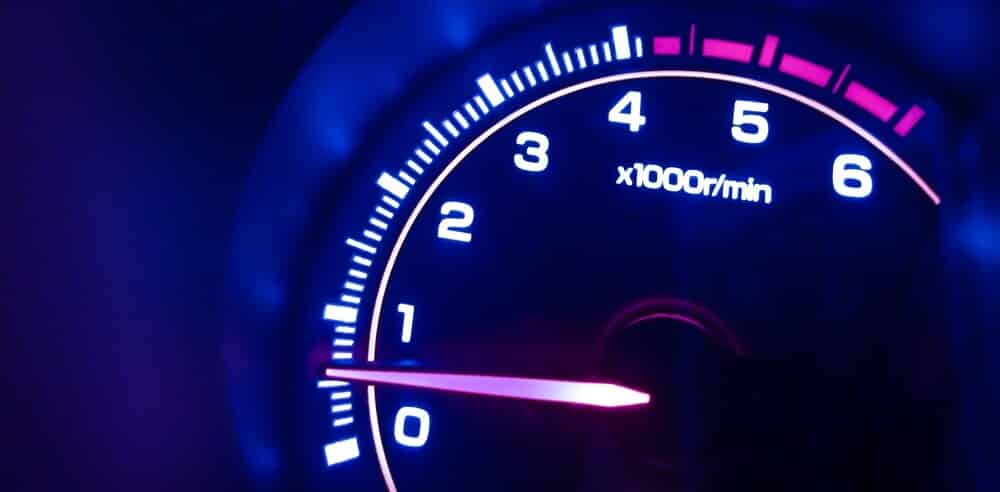
Vapor canister purge valves run off of vacuum, and if you have a vacuum leak, it can affect engine performance, especially at lower engine speeds.
The result of a vacuum leak on a canister purge valve would be a rougher than usual idle. The size of the leak would affect how significant of an issue this is.
Related: Rough Idle Causes & How to Fix it
Vapor Canister Purge Valve Function
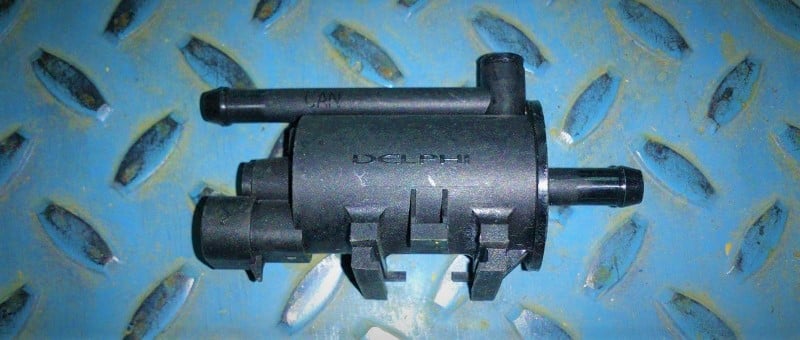
Unless you're a mechanic or an engineer, you've probably never heard of a canister purge valve before. To begin with, it's an emissions component that redirects excess fuel vapors back into the engine.
The entire system that it's a part of is your vehicle's EVAP (Evaporative Emission) system. It works in conjunction with the charcoal canister to capture and redirect excess fuel vapors so the engine can burn them again.
This reduces your emissions by burning the fuel vapors instead of letting them out of the air, essentially maximizing the amount of energy produced and minimizing the number of harmful chemicals released as a byproduct.
Because it's effective at reducing the overall amount of harmful emissions, many auto manufacturers have started to implement them into new vehicles to meet rising emission standards.
But when the vapor canister purge valve gets stuck open, you get too much air in the system that wrecks performance. On the other hand, if it gets stuck closed, your emission levels skyrocket.
Vapor Canister Purge Valve Location
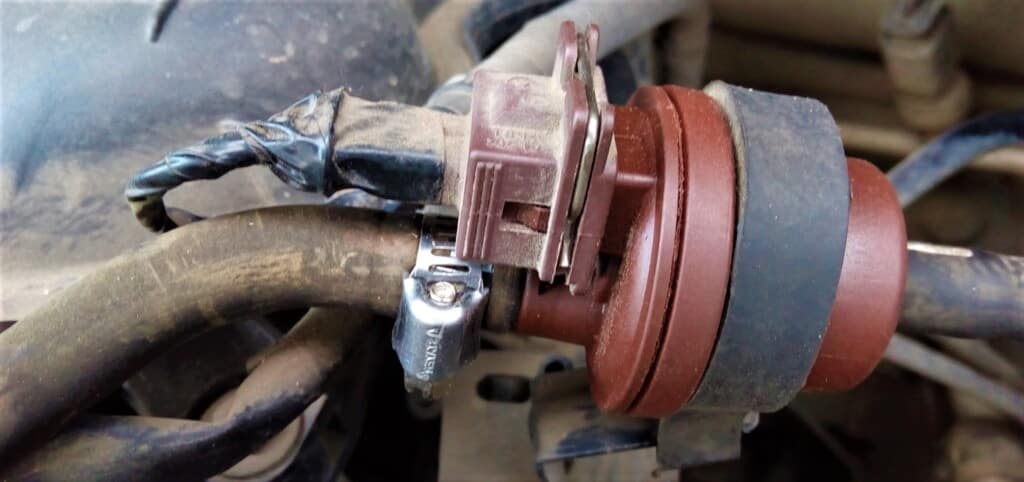
Depending on what you drive, there are two typical locations for the vapor canister purge valve.
The Canister purge control valve is most often located in the engine bay on a hose going from the intake to the canister. It can also be located near the fuel tank.
The component won't look like much. Typically, it's nothing more than a little black plastic component with an electrical connector and a vacuum line on each end. While it can be hard to identify, it's usually pretty easy to access once you've found it.
Vapor Canister Purge Valve Replacement Cost
The average vapor canister purge valve replacement cost is between $50 and $300, depending on the car model and labor costs.
While those little plastic components might not look like much, they're not cheap to replace. The part alone usually costs between $30 and $150. From there, you have to factor in labor rates too.
This cost can vary depending on the vapor canister purge valve's location and how hard it is to reach, but the cost usually ranges between $20 and $150.
If you are looking to do the work yourself, it's pretty straightforward to replace a vapor canister purge valve that's in the engine bay. All you need to do is locate the valve and potentially remove an intake cover to finish the job.
If the valve is attached to the fuel tank's rear, you'll likely need to jack up the rear end of the vehicle and remove the tire to gain access to the area. While this isn't a ton of work if you have the proper equipment, it certainly can slow down the process a bit.
But considering that these simple steps can save you between $50 and $150, it's typically well worth the few extra steps! Just remember to reset the engine code by disconnecting and reconnecting the battery to finish the job!
Where Is the Purge Valve Located on a 2006 Jeep Liberty 3.7 Liter
Source: https://mechanicbase.com/engine/canister-purge-control-valve/
0 Response to "Where Is the Purge Valve Located on a 2006 Jeep Liberty 3.7 Liter"
Post a Comment